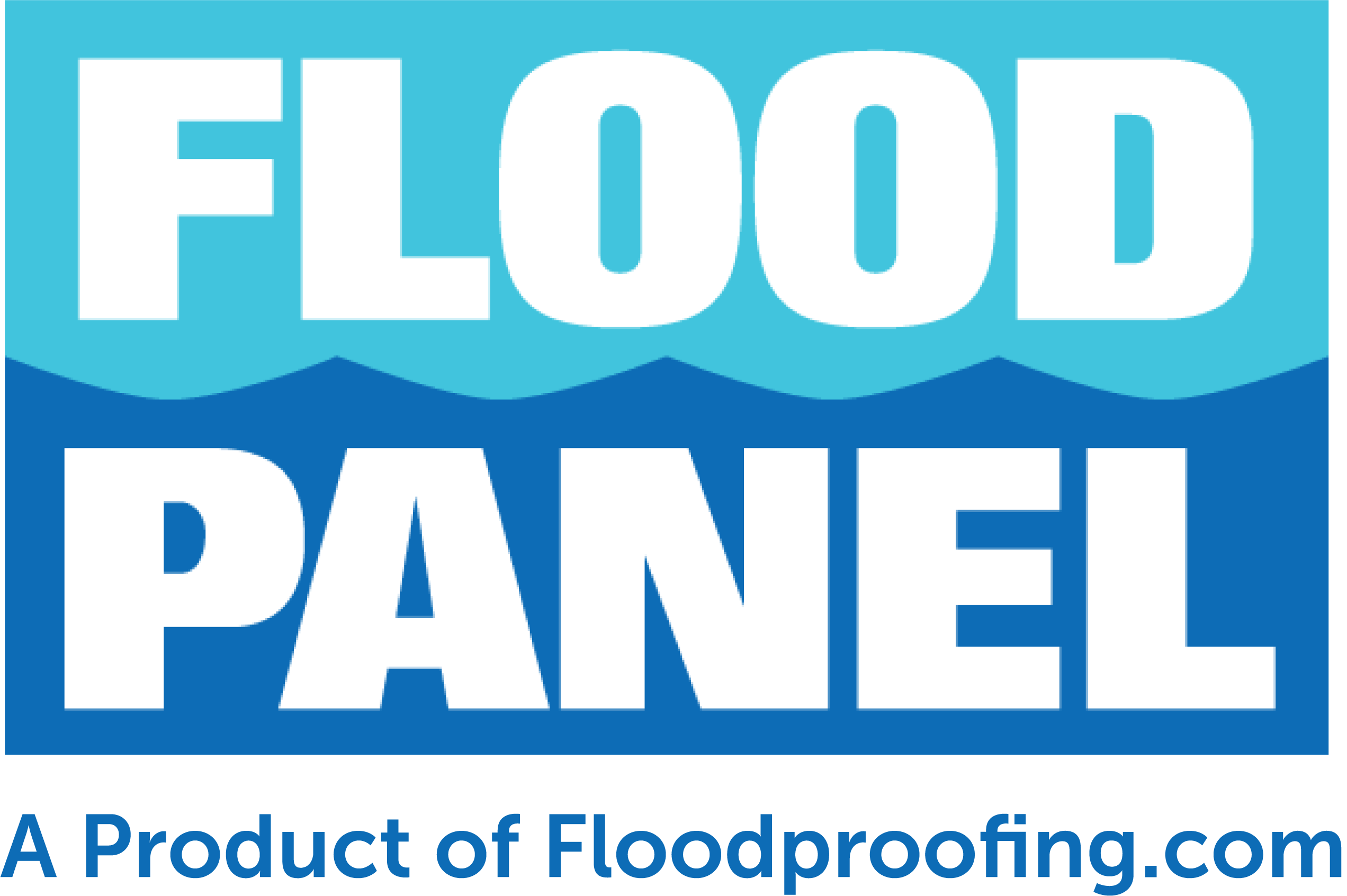Blog
Media Contact
Email: media@floodpanel.com

Reducing Run-Off to Prevent Floods
Over the past few decades, more and more cities are recognizing — and acting on — the effects of run-off. The problem is a relatively new one, and is the result of rampant and poorly planned paving that has taken place over the last century. Before the advent of the automobile, there was very little problem with run-off. Dirt roads were the norm, and virtually all homes and businesses were surrounded by earth — not the cement patios, driveways, roads, sidewalks, and parking lots that have proliferated since the coming of the car. In this bygone era, even in the event of a major storm there was always plenty of natural, porous surfaces to soak up the water. Today, there is precious little ground left to absorb precipitation — most of it runs off to create devastating amounts of water in storm drains, rivers, and causeways.
The result of this type of wide-scale run-off can be deadly. Last fall, a major flood in northern Kentucky caused significant damage to homes, trailer parks, and businesses, and left at least one person still missing. The flood was determined to have been caused by unchecked run-off that simply had nowhere to go, even though the area is surrounded by a web of small streams and rivers that can absorb huge amounts of water. The effect of run-off water streaming from every paved surface is simply too much for even a vast system of waterways to channel safely.
Many municipalities have begun to take the threat of run-off very seriously. In San Diego, the problem was deemed to be so dire that the city sent out officials to visit businesses, schools, rec centers and commercial buildings to educate citizens about the need for conserving green spaces and the wisdom of creating new paved surfaces very sparingly. In that region of little precipitation, canyons act as storm control channels, and any buildings or homes located in the path of these canyons are in deep trouble during times of sustained rains.
In the state of Maryland, a special tax has been proposed to create a financial incentive to avoid the addition of new paved areas. The tax would be based on the square footage of pavement, rooftop, or other hard surfaces at each residence or business. The situation behind this type of tax reflects a predicament common to many municipal areas: the major cities in the State of Maryland, particularly Baltimore, have water and sewer infrastructure that is ancient, crumbling, and woefully inadequate. Every major storm causes the release of raw sewage directly into waterways. Buildings near these waterways — mostly low-income homes — suffer this raw sewage rising from toilets, bathtubs, and sinks. The sewage also spews directly into the Chesapeake Bay — the major economic, recreational, and job-producing asset of the state.
October 30, 2012 flooding, Monocacy River, Dickerson, MD. USEPA Photo by Eric Vance. Public domain image
Opponents of this tax designed to reduce run-off into the bay slapped a silly and misleading nickname onto the law in order to foment (a largely successful) taxpayer rebellion. The tax became derided as the “Rain Tax” and people were encouraged to think that they were being unfairly taxed for the uncontrollable act of nature known as rain. Although it is true that we cannot hope to control rain itself, we can all do our part to help our property to absorb rain rather than allow it to run off into storm drains. Perhaps a better name for the tax might have been the “Save the Bay” tax … or “Flood Prevention Tax” … because that is precisely what is at stake.
Source:: FloodBarrierUSA

